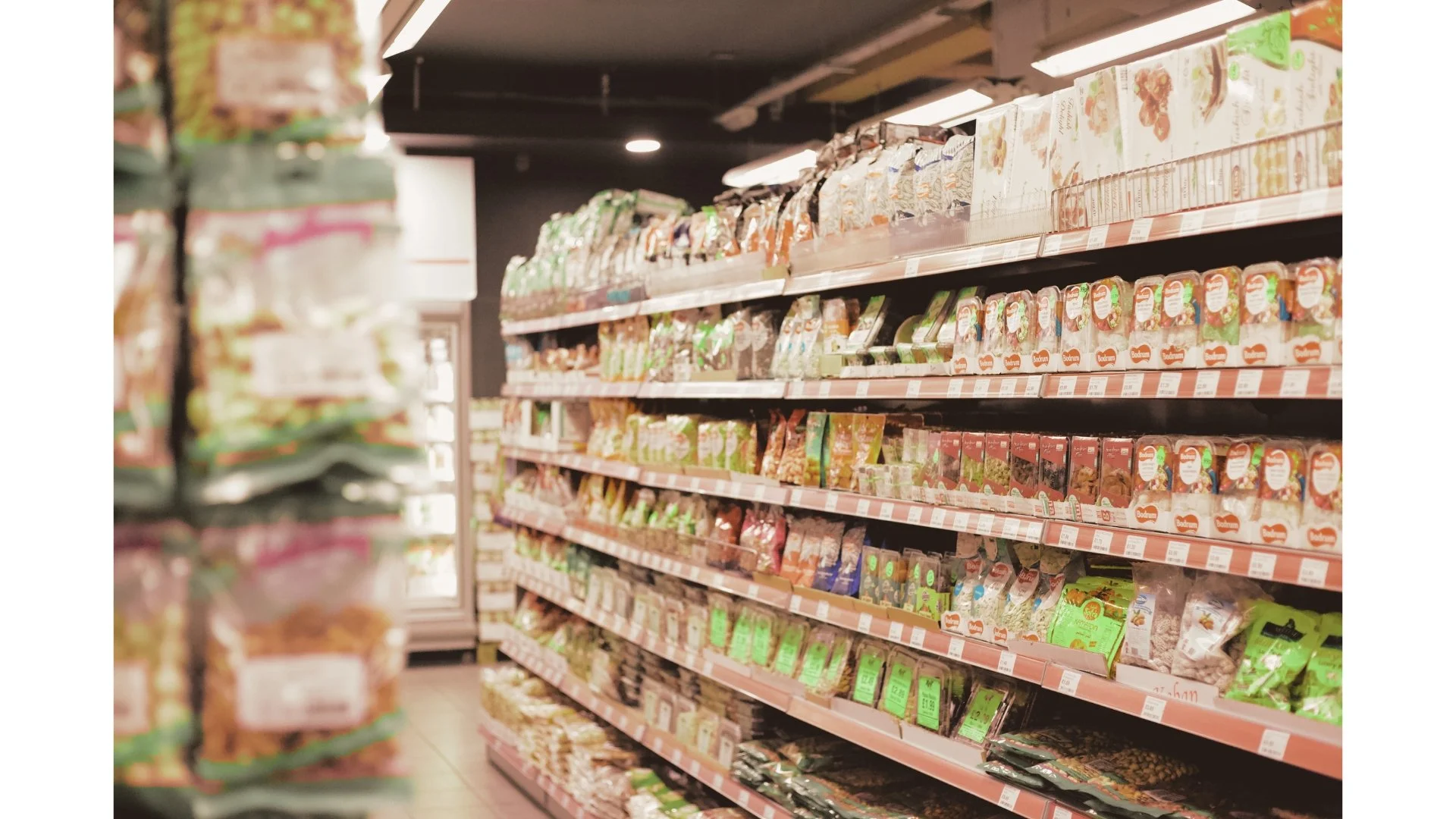What French Grocery Labels Really Mean (and How to Shop Smarter)
Published May 9, 2025
One of my favorite things to do when traveling is spend time wandering in a grocery store. I love discovering new products (chestnut spread!), flavors (braised chicken potato chips!) and understanding what’s important in the culture by seeing how large the displays are for certain products. It’s also a safe place to increase your vocabulary as just by seeing a product over and over with the same words help you identify what it is.
The French place much importance on the quality, traceability, and authenticity of their food. That doesn’t mean they don’t have junk food, of course, but understanding the labels in France will help you to choose the right products for you.
What Does "Bio" Mean in France?
Bio is short for biologique, or organic. In France, it’s not a marketing term. It’s a legal certification governed by strict European Union standards. The green AB (Agriculture Biologique) logo and the EU leaf symbol indicate that the product is free from synthetic pesticides, herbicides, and GMOs. You’ll see this label most often on eggs, milk, produce, and dry goods.
AOP and AOC: French Regional Quality Seals
If you spot a cheese or wine with an AOP (Appellation d’Origine Protégée) or AOC (Appellation d’Origine Contrôlée) label, that means it comes from a specific region and follows traditional methods.
Jean-Paul: “When I buy Roquefort or Comté, I look for AOP. It’s a guarantee of origin and quality.”
This kind of designation protects local producers and ensures you're tasting something made with deep regional roots.
Label Rouge: When Taste Comes First
Label Rouge, or "Red Label," is all about superior flavor and production practices. It’s not an organic certification, but it often goes hand-in-hand with better animal welfare and traditional farming.
Jessica: “Label Rouge chicken is worth the extra euros. The taste is nothing like what you’d find in the US.”
You’ll find Label Rouge on everything from eggs to pork.
IGP: A Good Middle Ground
IGP (Indication Géographique Protégée) is like a relaxed version of AOP. Only part of the production process has to come from the named region. It’s a great way to get quality, regionally inspired products without paying top-tier prices. Think Jambon de Bayonne (Bayonne Ham) or Lentilles du Puy (Lentils from Puy).
Helpful Grocery Store Terms (and Why They Matter)
Beyond certifications, French packaging is full of helpful descriptors:
Sans OGM means GMO-free
Sans sucre ajouté means no added sugar
Sans conservateurs means no preservatives
Artisanal suggests small-batch or handmade methods (not regulated, but meaningful)
Plein air (pronounced: "plen-air") indicates that animals were raised outdoors. You’ll often see this on egg cartons labeled "œufs de poules élevées en plein air"
French shoppers tend to prefer minimally processed foods and care about where their products come from.
What Do Those A–E Grades Mean?
You’ll find Nutri-Score labels on many packaged goods, especially cereals, yogurts, and prepared meals. This color-coded system ranks food from A (dark green) to E (red), based on its overall nutritional profile.
Jean-Paul: “We don’t use Nutri-Score for traditional cheese or wine, but it’s useful for cereals or ready meals. It helps keep food companies honest.”
Jessica: “At first I thought A meant best-tasting and E meant skip it, but it’s about nutrition. I use it when comparing new products.”
It’s a tool, not a rule, and can help you make more informed decisions, especially when you’re shopping in a hurry or trying to decide between two different things.
Quick Guide to the Most Useful Labels
Here’s a cheat sheet to take with you:
Bio (bee-oh): Organic
AOP (ah-oh-pay): Protected origin label
Label Rouge (lah-bell roozh): High-quality production
IGP (ee-zhay-pay): Geographic indication
Fermier (fehr-myay): Farm-raised
Artisanal (ahr-tee-zah-nahl): Traditional or handmade
Plein air (plen-air): Outdoor-raised
Final Takeaway
French food labels are more than fancy packaging. They tell stories about tradition, craft, and values. Knowing what a few key terms mean can help you purchase products with similar qualities as at home (for example if you prefer to purchase organic, knowing to look for the “bio” label is a must, as well as helping to identify new products to try (and why).
Next time you’re staring in the grocery store, maybe try something new. You’re not just buying groceries. You’re discovering how France thinks about food.










